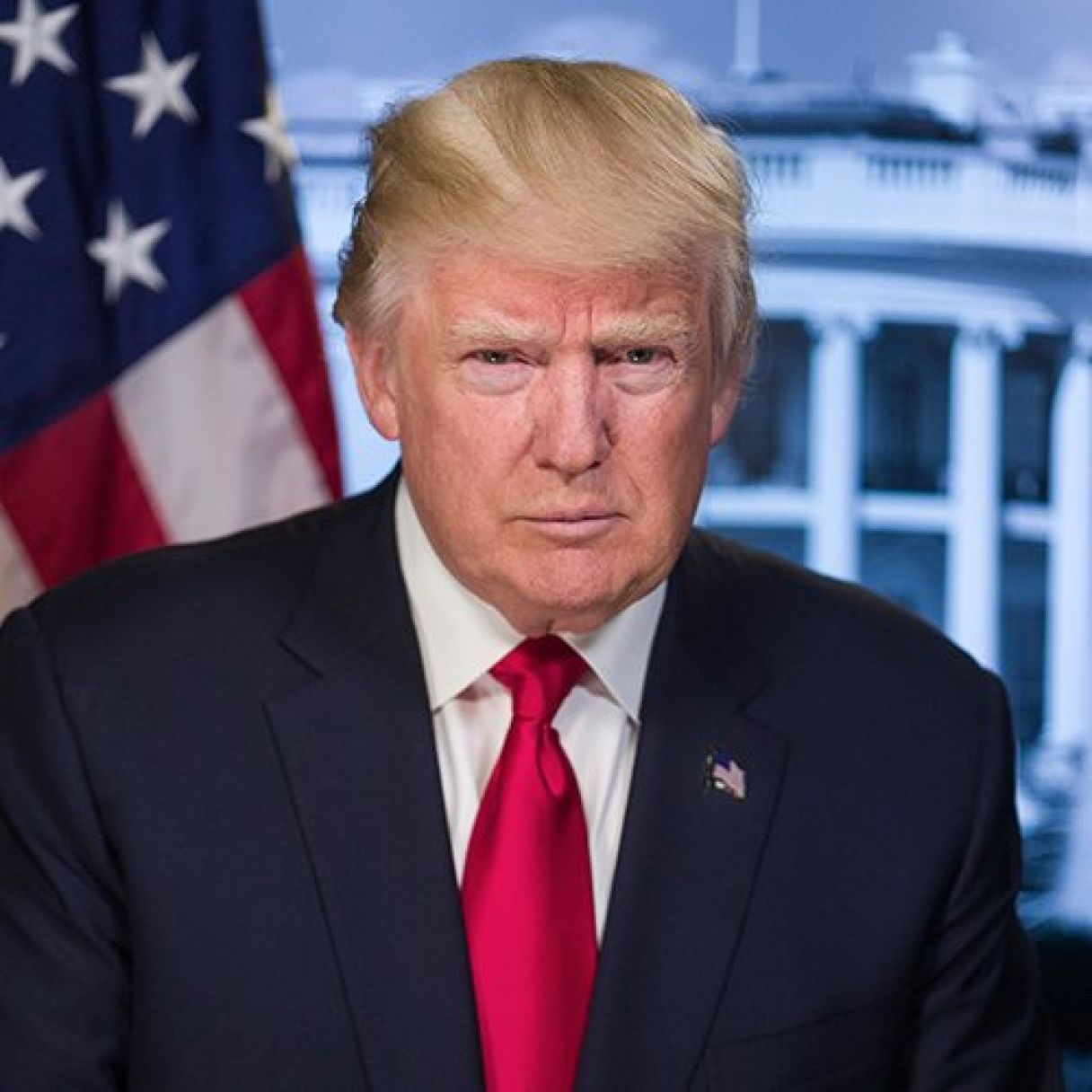Trump’s Executive Order: The Key Points

The world watched at the end of last week as US President Donald Trump signed a controversial executive order banning entry to the US for certain foreign nationals. The order, entitled ‘Protecting the Nation from Foreign Terrorist Entry into the United States’ has been criticised as discriminatory due to the specified nations being Muslim-majority, but Trump has denied this is a “Muslim Ban” and is defending the order as a vital action of national security against terror. While the situation is constantly updating and the way in which parts of this order will be implemented is still unclear, in this post we look at some of the key facts arising from the past few days and consider the impact of the travel ban on employment of affected nationals.
What Do We Know About the Executive Order?
- The order enforces a 90-day entry ban, and ban on US visa issuance, upon nationals of the following seven countries; Iran, Iraq, Libya, Somalia, Sudan, Syria and Yemen.
- Nationals are considered to be a citizen or passport-holder of one of the above countries, including those not born in the specified country but whose parents were, if the laws of that country permit this to be sufficient for nationality. It has not yet been clarified if dual nationals are included in the order’s travel ban, in terms of those nationals of another, unspecified country born in or also holding a passport for one of the specified 7 countries.
- The order also announces the suspension of the US Refugee Admissions Program for 120 days and the cutting of this budget year’s intake of refugees from 100,000 to 50,000- though this part of the order does not apply to some religious minorities claiming asylum due to persecution. The time period of the ban on Syrian refugee applications is indefinite. The wording of the executive order suggests that asylum applications can be assessed on a case-by-case basis with each situation considered on its merits to the national interest.
- Stringent vetting measures for visa applicants will be implemented during the prescribed time period. These include reinstatement of in-person interviews, insistence upon in-person applications taking place at US consulates (as opposed to mail or dropbox applications), and a full report by the Department of Homeland Security on the type of information required from home-countries to determine the identity of individuals applying for any immigration-related provision.
- Any pending applications from these specified nationals made at US consulates around the world are to be denied, including both non-immigrant visas (H-1B, L-1, E-3, O-1, TN, F-1) and immigrant visas or green cards.
- Although pending green cards will be denied, Trump’s administration confirmed on Sunday that current, valid green card holders or U.S. Lawful Permanent Residents from these specified nations will not be prohibited from entering/re-entering the US during the time period, though should anticipate long delays at entry ports and additional screening.
- US Customs and Border Protection are not permitted to allow entry to anyone from these specified countries holding a current and valid non-immigrant visa (including H-1B, L-1, E-3, O-1, TN, F-1).
- Nationals of specified countries included in the ban wishing to travel outside the US in this 90-day period should consult with an immigration lawyer and be mindful that they may not be able to re-enter.
- Nationals of specified countries included in the ban may be refused boarding by airlines or detained at the border. On arrival and detention, they may then be asked to make arrangements to return to the country where they started their journey to the US. The correct procedure for processing those arriving in the US is currently undefined and therefore there are reports of different procedures taking place at different airports and borders. Any affected nationals are again advised to seek immigration counsel before travelling.
- The order does not affect nationals entering on the Visa Waiver/ESTA program.
- There has been a thorough and forceful response to the ruling from protestors, the American Civil Liberties Union and legal teams, though the situation is developing rapidly and how this will affect full implementation of the order is not entirely clear. A New York federal court issued a temporary injunction on Saturday against the enactment of sections of the order; it states that it is not permissible for the government to remove affected individuals who have already landed in the country and requested entry simply on application of the executive order, on the basis that it breaches clauses in the Constitution. This stay does not apply to those boarding international flights who can still be denied. Other similar stays have been filed at federal courts around the US and the situation is continually evolving.
What does this mean for affected workers and employers?
While the situation remains unclear and the impact of the legal challenges unfolds, likewise how this will affect employers and workers is currently uncertain. A number of high-profile CEOs from Apple to Facebook have condemned the order and vowed to support their affected national staff members though many are awaiting the outcome of and reaction to the federal court injunctions.
The general advice is for companies to keep fully abreast of the situation as it unfurls and seek proper legal counsel to put in place a strategy for their affected national employees as more becomes clear. Those affected national employees intending to enter the US in the next 90 days without a current and valid green card (all non-immigrant visas held by affected nationals are included in the order), or those awaiting pending applications are likely to be denied entry and have their applications cancelled. Affected employees planning any international travel in the next 90 days should reconsider as they are currently likely to be denied re-entry. Any international travellers in general should expect visa delays due to the backlog likely to be created by the increased stringency in screening and the application process for affected nationals. As mentioned above, the timeframe of the order is at present 90 days, but it is reliant on a review of the specified countries and their provision of information on individuals so there is a possibility of extension if the relevant US government departments are not satisfied.
If you have any further queries about the US executive order, please get in touch via the Contact Us section of the website. All the information in this post was known to be true at the time of posting, but we will continue to keep our clients updated as the situation unfolds.

Mauve Group wins 'HR Tech Provider of the Year' at the Personnel Today Awards 2025
Discover how and why Mauve Group secured the 'HR Tech Provider of the Year' award at the Personnel Today Awards 2025.


Mauve Group a double finalist in prestigious tech awards
Mauve Group celebrates double finalist recognition at the Personnel Today Awards and Wales Tech Awards, highlighting excellence in innovation and technology leadership.
